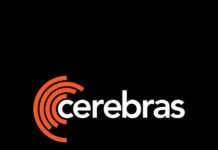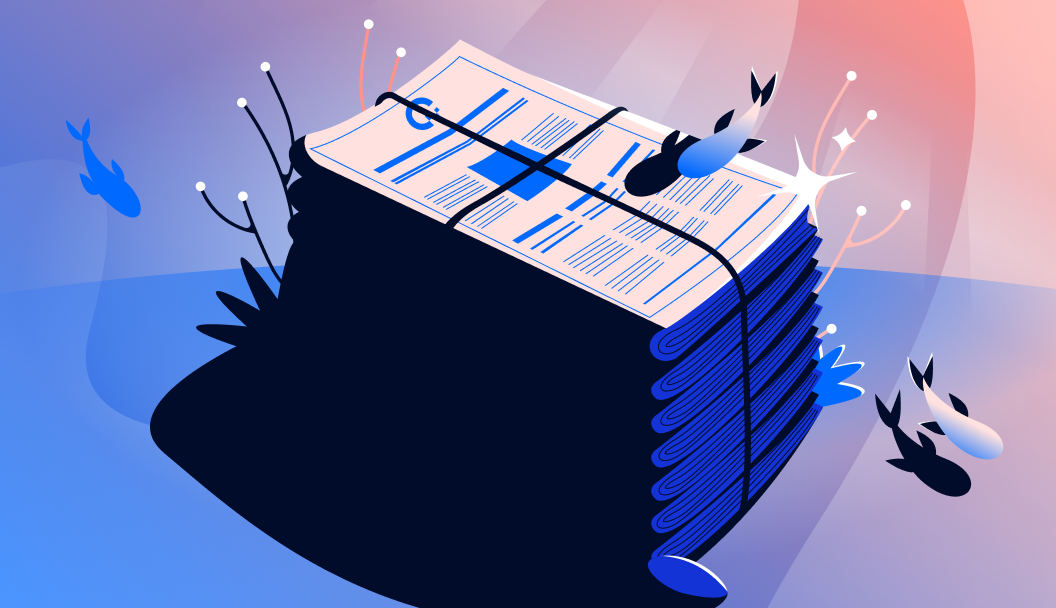DigitalOcean has always been committed to enhancing the developer experience, ensuring it is as seamless and efficient as possible. In line with this commitment, they have announced an exciting new partnership with Netlify, a collaboration that promises to revolutionize how web developers build, deploy, and scale their projects. This partnership brings together the robust cloud infrastructure of DigitalOcean with the smooth web deployment capabilities of Netlify, offering developers a streamlined approach to managing their web applications.
Introduction of Netlify Extensions
As part of this collaboration, Netlify has launched a new feature called Netlify Extensions. This innovative feature aims to enhance the functionality of Netlify’s platform by allowing third-party services to integrate directly with it. Among the first of these integrations is the DigitalOcean Netlify Extension. This particular extension is designed to simplify the process of connecting Netlify sites with DigitalOcean’s Managed MongoDB service.
Benefits of Combining Netlify and MongoDB
By integrating Netlify with DigitalOcean’s Managed MongoDB, developers can enjoy a powerful platform that supports the growth and scalability of dynamic web applications. This combination is particularly beneficial for those developing in popular frameworks such as Jamstack or NodeJS. The flexibility provided by DigitalOcean Managed MongoDB allows developers to effectively manage dynamic data, without compromising on the speed and performance of static sites.
Here are some key features and benefits of using DigitalOcean’s Managed MongoDB:
- Free Daily Backups and Point-in-Time Recovery: Developers can rest easy knowing that their data is safe, with free daily backups available. Additionally, point-in-time recovery for up to seven days ensures that data can be restored to any point within the past week.
- Automatic Updates and Latest Releases: Users have access to automatic updates, ensuring they always benefit from the latest features and improvements, including the newest MongoDB releases like Mongo 7.
- High Availability: To ensure reliability, users can add redundancy with standby nodes. These nodes automatically start serving requests if the primary node fails, ensuring uninterrupted service.
- End-to-End Security: Security is paramount, and with DigitalOcean, data is encrypted both in transit and at rest, providing peace of mind for developers and their users alike.
Getting Started with the DigitalOcean Netlify Extension
Getting started with the DigitalOcean Netlify Extension is straightforward. Developers can install the extension directly through the Netlify console. Once installed, it appears in the site’s side navigation panel within the console. To connect a MongoDB instance, developers simply need to add their DigitalOcean Managed MongoDB connection string to the provided text box. This connection string then becomes accessible in the Netlify project’s environment variables and can be easily accessed via Netlify Functions.
Future Plans for the DigitalOcean/Netlify Partnership
The introduction of the MongoDB connection is just the beginning of what promises to be a fruitful partnership between DigitalOcean and Netlify. In the near future, developers can look forward to additional enhancements, including support for more database engines and the integration of DigitalOcean’s Spaces Object Storage. These upcoming features will further enrich the platform, offering even more flexibility and functionality for developers.
Conclusion
The collaboration between DigitalOcean and Netlify represents a significant advancement in the way developers can build and deploy web applications. By combining the strengths of both platforms, developers are equipped with a powerful toolset that simplifies the development process while ensuring data security, reliability, and scalability. This partnership is a testament to both companies’ commitment to innovation and to providing developers with the best possible tools for success.
For further details, you can refer to Netlify’s official blog post on the launch of Netlify Extensions. Additionally, to explore the DigitalOcean Netlify Extension, visit the DigitalOcean page on Netlify’s site.
Stay tuned for more exciting updates from the DigitalOcean and Netlify partnership as they continue to push the boundaries of web development.
For more Information, Refer to this article.


















![Samsung’s CES 2025 Press Event: ‘AI for All’ Theme [Invitation] Samsung Press Conference at CES 2025 ‘AI for All: Everyday, Everywhere’](https://www.hawkdive.com/media/samsung-technology-ces-2025-invitation-ai-for-all_thumbnail728-218x150.jpg)














